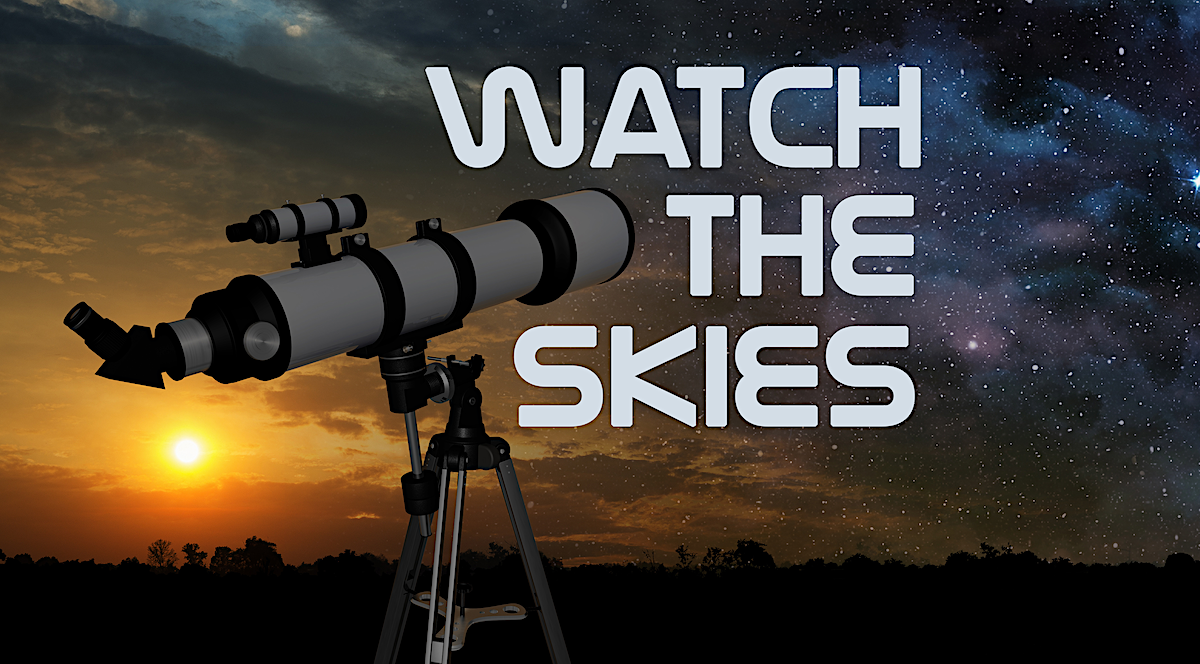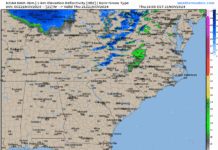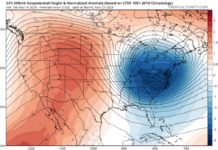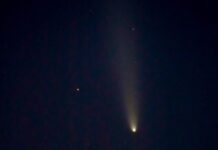
2021 is getting ready to come to a close and the planets are gearing up for a good show in celebration.
But first a quick update on Comet Leonard. Leonard continued to brighten this week with an outburst occurring on the 20th. This likely signaled some breaking up of the comet’s core as it gets closer to the sun. This is extremely common, especially for comets that have never visited the inner solar system before. Large chunks of ice and rock can break off under the intense heat from the sun causing large increases in brightness. This is likely what happened with Leonard, though it appears to have maintained its brightness for a couple days past thus far. It is seen very low in the evening sky now, to the left and below Venus. It will become gradually lower and likely become invisible entirely this week even to cameras.
Now the planets! This New Year’s Eve will bring two different shows in the night sky. We’ll start the morning with a beautiful conjunction of Mars and the Moon. They will pair up low in the sky with Antares to make a red and white triangle: the first New Year’s firework.

Then in the evening sky 4 planets are now visible. Mercury has been steadily rising and is now higher than Venus and more easily visible to the naked eye. You can spot it just above Venus on New Year’s Eve after sunset. Above them both Saturn and Jupiter can be seen sinking in the western sky as well making for easy visibility of all 4 planets.
This will be the perfect way to send off 2021, and the perfect way to send off this column for the year. I have enjoyed sharing my love of the skies with you and look forward to continuing to do so in 2022.
Have a great New Year’s and, as always, watch the skies!







